Elena Vera, a growth leader at Lovable with 10+ years running growth teams, argues that distribution—not just product quality—determines company success.
Great products fail without it, while mediocre ones thrive with strong distribution.
She defines growth as answering four questions predictably: Acquire, Activate, Monetize, and Retain customers.
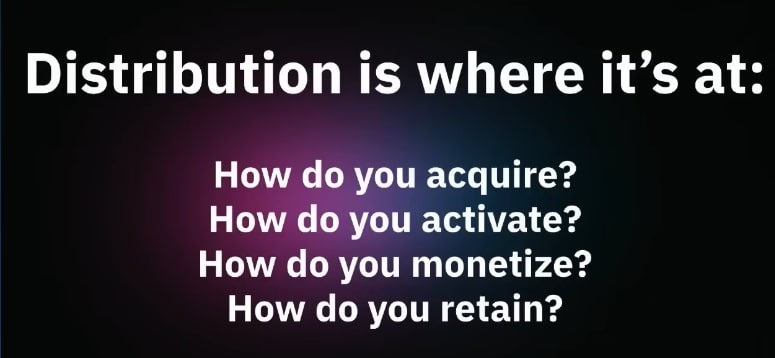
Fast-growing companies succeed via growth loops (compounding flywheels, e.g., user action → output → new input) rather than linear funnels.
Dropbox became viral storage for storage. Growth loop drove early growth and sharing content generates 60% of acquisitions via product alone.
Lovable (10-month-old AI coding platform) grew word-of-mouth loop from magical first experiences fuels current growth.
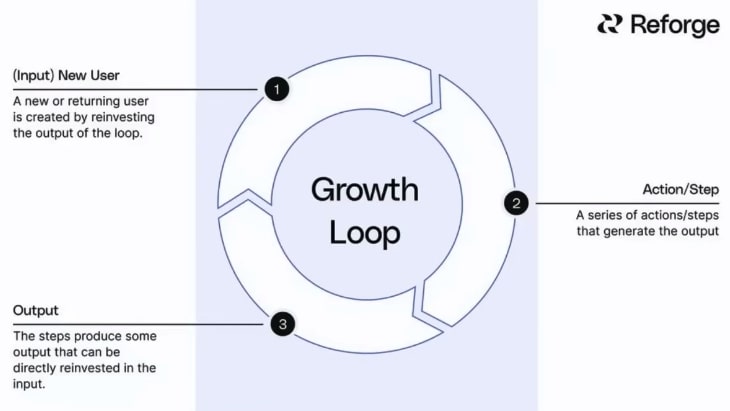
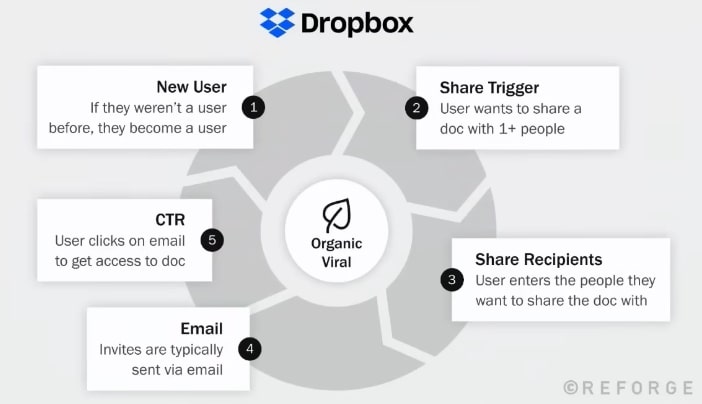
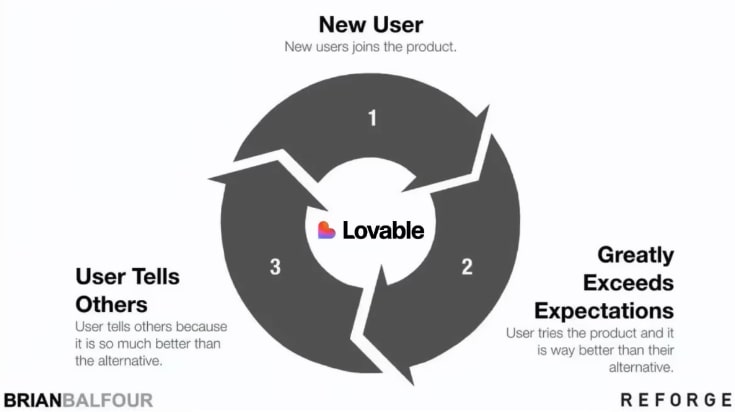
Why Product-Led Growth (PLG) Hyped Up ~5 Years Ago
PLG emerged from four market shifts:B2B users became buyers: End-users bypassed enterprise checklists, demanding self-serve, consumer-like tools.
Short channel lifecycles: Marketing campaigns now last ~1 week due to crowded attention spans (vs. years for brands like Coca-Cola).
Dashboards enable real-time product insights, reducing reliance on sales anecdotes.
Product Managers need marketing/analytic hats. Everyone shares responsibility for outcomes, boosting agency but adding stress.
For Product-Led Growth (PLG), copy consumer products. They’ve always owned company-wide outcomes.
Current Disruptions: AI’s Impact on Distribution
AI (ChatGPT) is commoditizing tools and killing channels. SEO/SEM collapse and Conversational AI replaces Google searches. G2 (B2B review site) lost 80-90% organic traffic post-ChatGPT.
Social challenges because Algorithms change daily. Platforms penalize external links to maximize on-site time.
Vibe coding/low-code rise (Lovable) where Users build custom tools. They are replacing bloated SaaS for simple features (signatures, forms, dashboards).
This commoditizes simple but defensible functionality.
Plot features by complexity (simple/complex) vs. utilization (high/low). Avoid simple/high-utilization quadrants—users will DIY.
Example: DocuSign legally threatened a Lovable user replicating e-signatures.
Roadmaps now force AI features (often sales-driven, not customer-led), but without rethinking distribution, growth stalls.
Building New Distribution Modes
Don’t rely on marketing alone but treat product as a marketing channel. Key strategies Product Loops: Bake in acquisition/retention loops. users become marketers.
Freemium Evolution: AI erodes margins (30% vs. 80-90%), so view free tiers as “marketing budget” to hook users cheaply vs. ads.
Ship daily/hourly via AI-native employees (blurred roles, full autonomy, trust).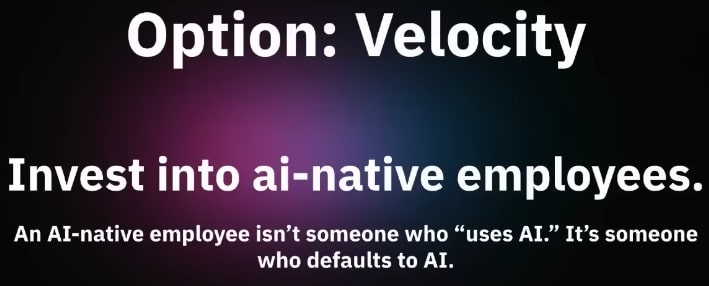
Avoid cross-functional gridlock. Big cos ship 1-2x/year—startups can outpace them.
Data Moats: Leverage sticky user data for retention/defensibility (e.g., Salesforce blocked Slack data access to rivals like Glean).
Brand as Product: Channel brand through experiences (Lovable: Zero spend, but “unlovable” fixes happen instantly). In democratized software, emotional connection wins over utility.
Ecosystems/Integrations: Piggyback partners’ distribution (e.g., OpenAI’s new app store—potential “next Google”?). Prioritize first-mover speed.
Founder/Employee Socials: Humanize via authentic posts (Lovable CEO: 0 to millions of impressions in 10 months). Empower all to build in public for organic reach.
Creator Economy: B2B influencer marketing on YouTube/TikTok/Instagram—tap eyeballs where buyers congregate.
Watch emerging channels; gaps create opportunities.ConclusionDistribution is collapsing (search/social dying, users self-building), but product-led loops remain defensible.
Pressure roadmaps for growth integration: Great product + distribution = equity value.
Vera ends by noting her goal to automate her job for farming (she’s started with 7 chickens).
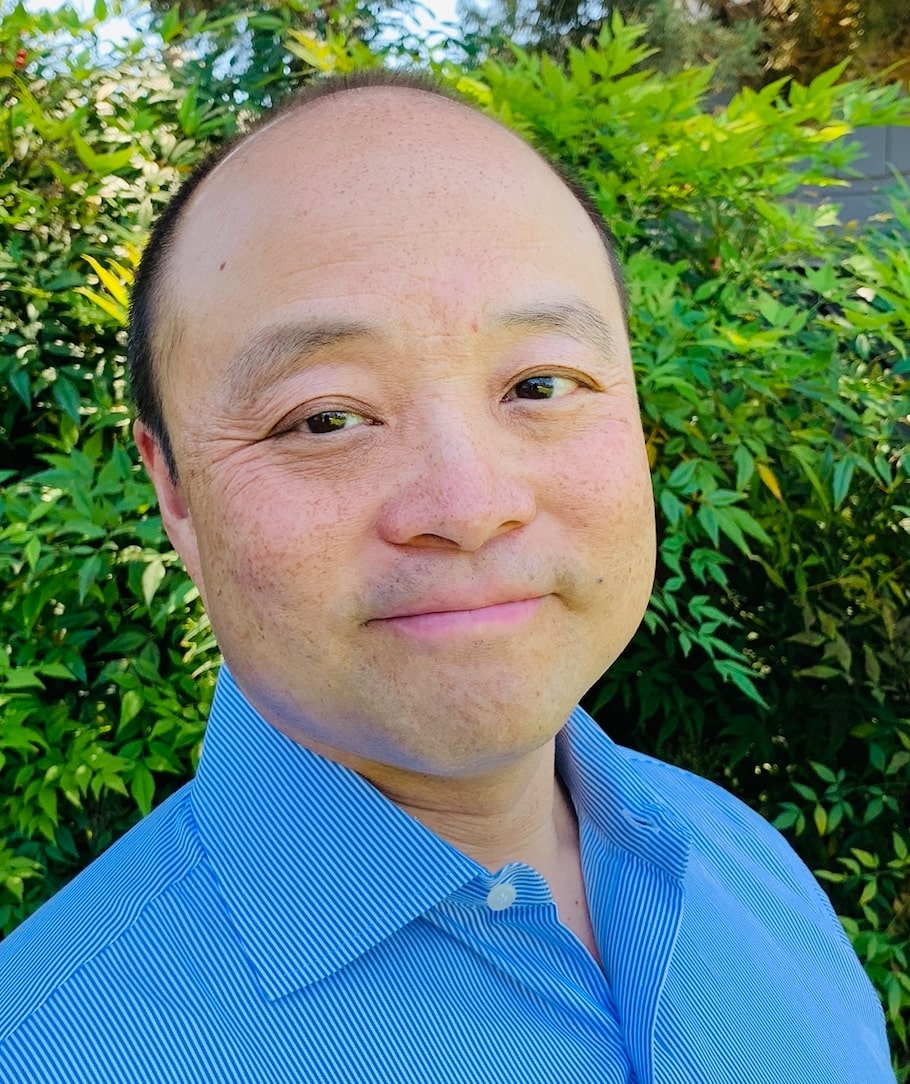
Brian Wang is a Futurist Thought Leader and a popular Science blogger with 1 million readers per month. His blog Nextbigfuture.com is ranked #1 Science News Blog. It covers many disruptive technology and trends including Space, Robotics, Artificial Intelligence, Medicine, Anti-aging Biotechnology, and Nanotechnology.
Known for identifying cutting edge technologies, he is currently a Co-Founder of a startup and fundraiser for high potential early-stage companies. He is the Head of Research for Allocations for deep technology investments and an Angel Investor at Space Angels.
A frequent speaker at corporations, he has been a TEDx speaker, a Singularity University speaker and guest at numerous interviews for radio and podcasts. He is open to public speaking and advising engagements.

